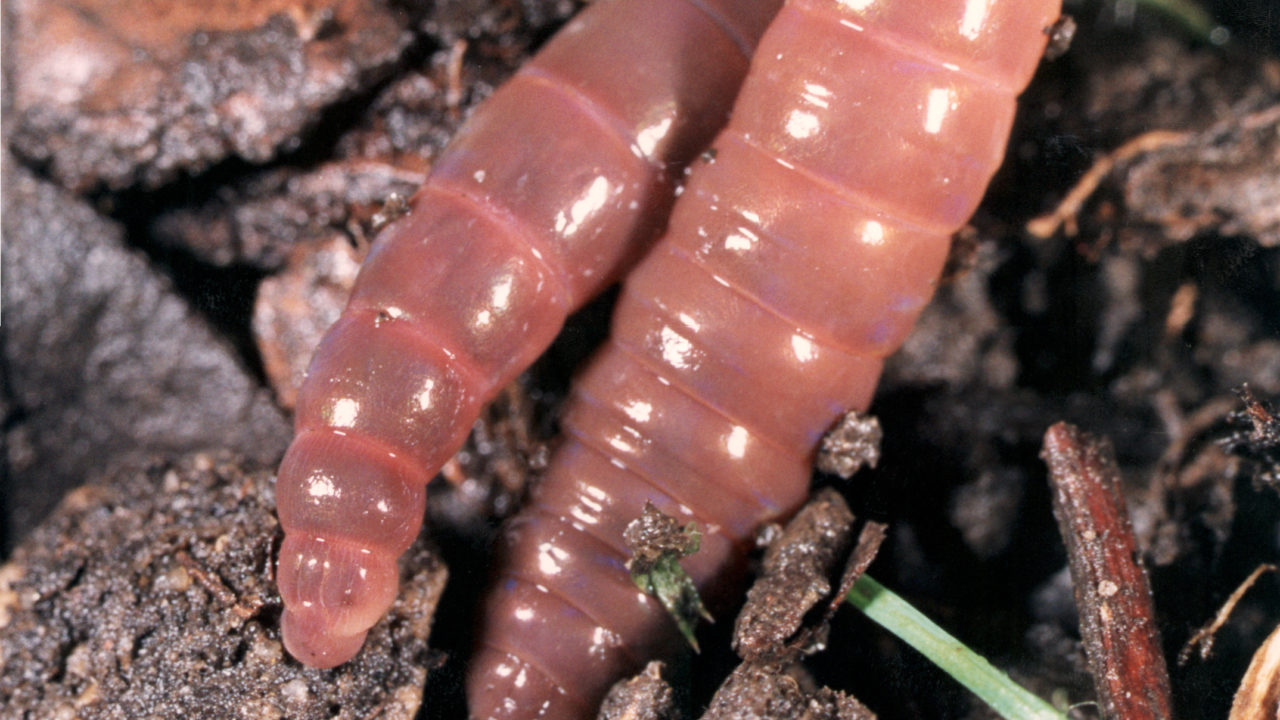Farmers are being asked to check for middens – tennis ball-sized plugs constructed by earthworms – when monitoring their soils.
New research, led by Scotland’s Rural University College (SRUC), has found these plugs made of straw, plant debris and stones, cover up to 42% of the soil surface in regenerative agriculture fields.
Importantly, these ‘middened’ patches – the area underlying the middens – are biological hotspots with high earthworm densities and very biologically active and porous soil.
Middens, which are built by lumbricus terrestris earthworms to plug their vertical burrows, are more common in areas where conservation agriculture and regenerative practices such as no-tillage soil management are used.
Soil monitoring
Lead researcher Jackie Stroud, a research fellow and senior lecturer in farming systems at SRUC, said:
“We would recommend that during soil monitoring, farmers check for the presence of middens to avoid underestimating biodiversity and misunderstanding soil health.”
Further research has found that these earthworms choose pathogen-infected straw to construct their middens, which has implications for reducing pesticide use and improving crop disease management.
Additional work carried out by SRUC scientists compared the biophysical properties of middened soil to general soil across an experimental field trial recently converted to no-tillage soil management practices.
They measured water-stable aggregation, soil porosity at scales relevant to water storage and gas diffusion and invertebrate feeding activity.
It was found that middened areas covered up to 13% of the field trial and were associated with significantly improved aggregate stability and porosity compared to the general soil.
Benefits of earthworms
The latest trial work carried out by SRUC builds on the bank of knowledge already amassed, regarding the benefits that earthworms deliver, where soil health and quality are concerned.
They till, separate and fertilise the soil, breaking down organic manures into plant available forms, improving the soil structure as well as the nutrient and water holding qualities of soil.
Earthworms eat organic manures and waste such as slurry and farmyard manure providing healthy soil and organic fertiliser in return.
As worms move through soil and decaying organic matter, they ingest and aerate depositing castings as they go. These castings are rich in nutrients and beneficial soil organisms.
A worm’s gut contains enzymes and masses of bacteria and microbes and everything that passes through the gut of an earthworm is coated with these beneficial microbes and bacteria. It is these microbes which play a major role in determining soil fertility.
The worm cast restores microbial richness and diversity to soil that has been exposed to chemicals in sprays and chemical fertilisers. Soil structure is hugely influenced by earthworm aeration and drainage channels.
Compacted soils will show a distinct lack of earthworms which in turn will lead to increased drainage problems.
Soil compaction caused by livestock and machinery, along with prolonged wet weather conditions, will make soils difficult for earthworms to work and collapse existing channels formed by earthworms.

